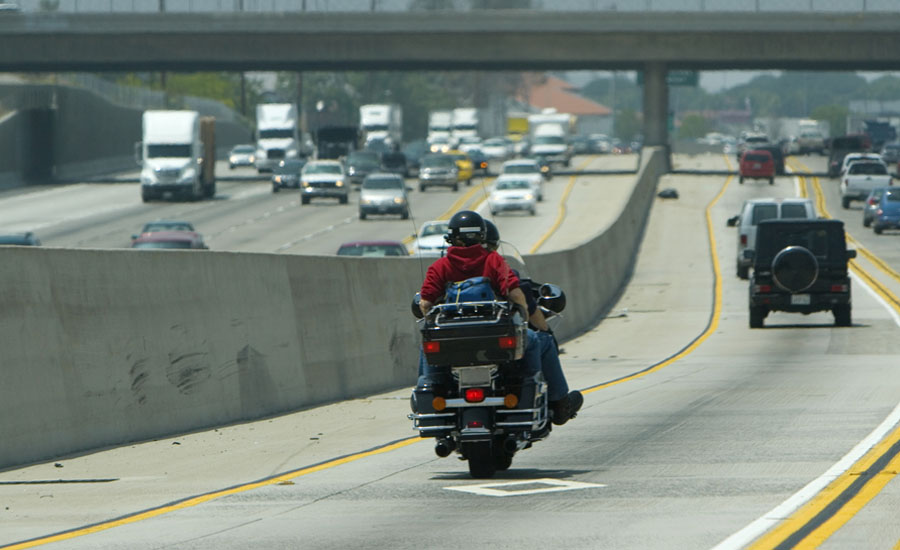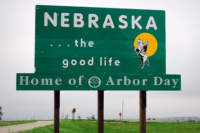“Vulnerable road users” get special attention from NTSB

Motorcyclists and pedestrians were the focus of two recent National Transportation Safety Board (NTSB) reports which used analyses from accident investigations to form recommendations to enhance safety for the two groups going forward.
Greater likelihood of fatalities
Motorcyclists—motorcycle riders and their passengers—have the highest risk of fatal injury among all motor vehicle users. In 2016, 5,286 motorcyclists died in traffic crashes in the United States (NCSA 2018). Because motorcycles afford riders less protection, the likelihood of injuries and fatalities in a crash is much greater.
Select Risk Factors Associated with Causes of Motorcycle Crashes identified four major risk factors associated with the causes of motorcycle crashes (injury prevention factors, such as helmet use, were not included):
- crash warning and prevention,
- braking and stability,
- alcohol and other drug use, and
- licensing procedures.
Among its recommendations, the NTSB called for better integration of motorcycles in crash warning and prevention systems and for more widespread availability of enhanced braking and stability control systems on motorcycles.
6,000 killed each year
The Pedestrian Safety report was based on analyses of 15 crashes in which vehicles fatally injured pedestrians on public highways—representing only a fraction of the nearly 6,000 pedestrians killed on U.S. roads in 2016. The document is wide-ranging and includes reviews of the past 10 years of data on highway deaths; previous NTSB investigations related to pedestrian safety, and the effects of speed and alcohol on highway crashes.
The report also considers vehicle-based countermeasures such as improved headlights, vehicle designs that reduce injuries to pedestrians, and collision avoidance systems and reviews infrastructure designs that make streets safer for pedestrians.
Despite the depth of the information provided, the NTSB emphasizes that in order to improve federal, state, and local decision-making related to pedestrian safety, better data is needed—especially on pedestrian activity (exposure data) and on the types and outcomes of crashes involving pedestrians.
Looking for a reprint of this article?
From high-res PDFs to custom plaques, order your copy today!






